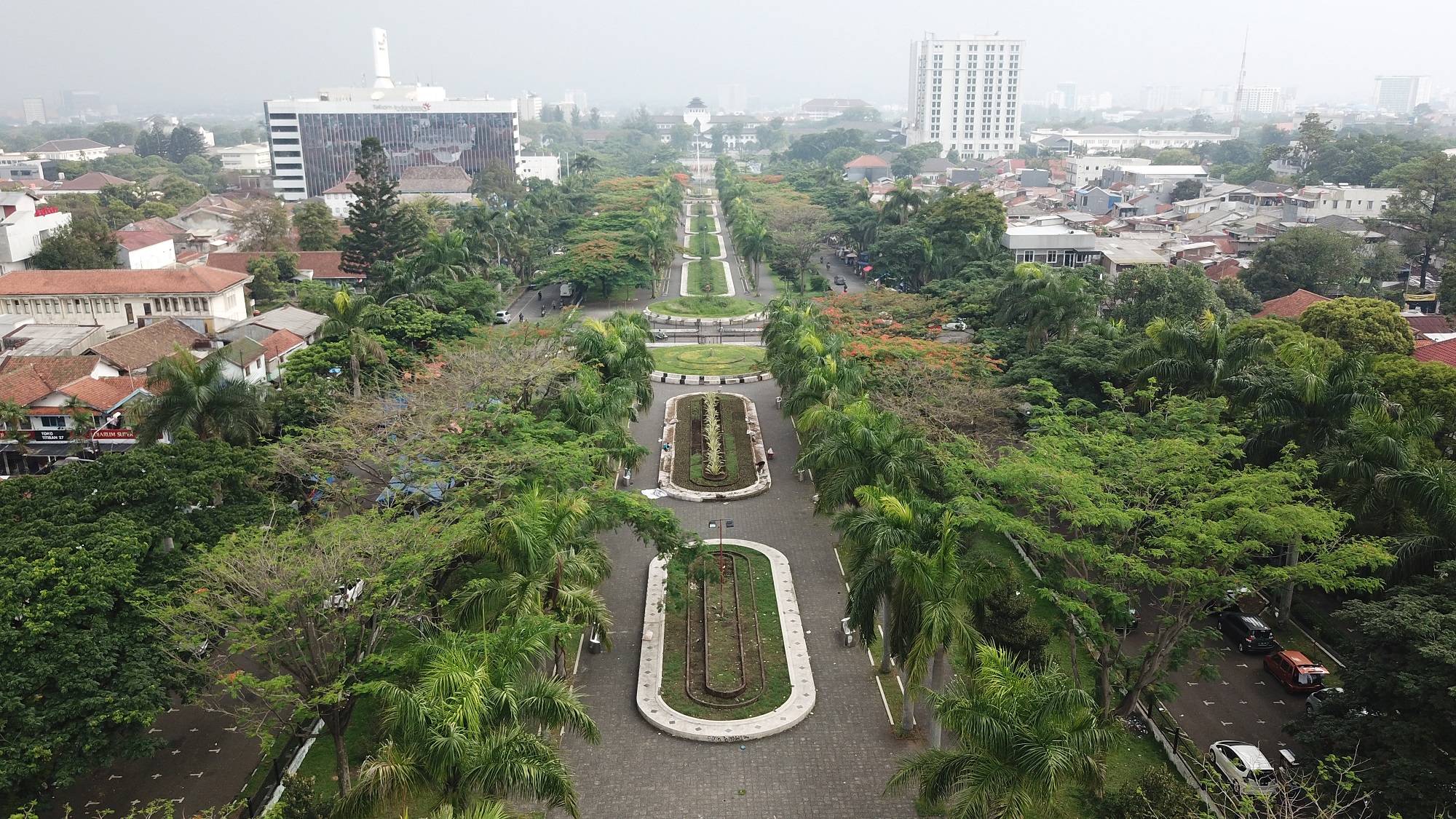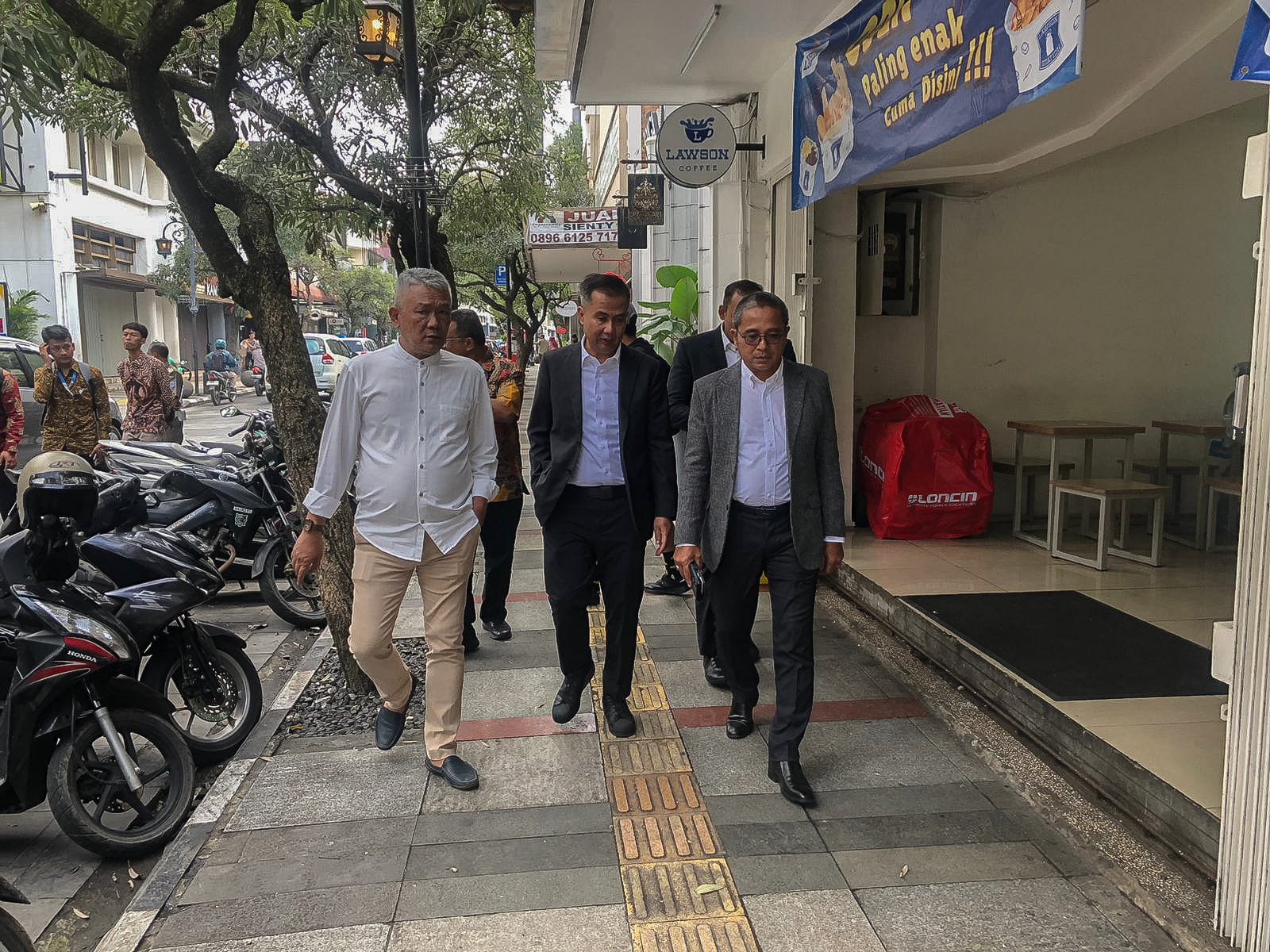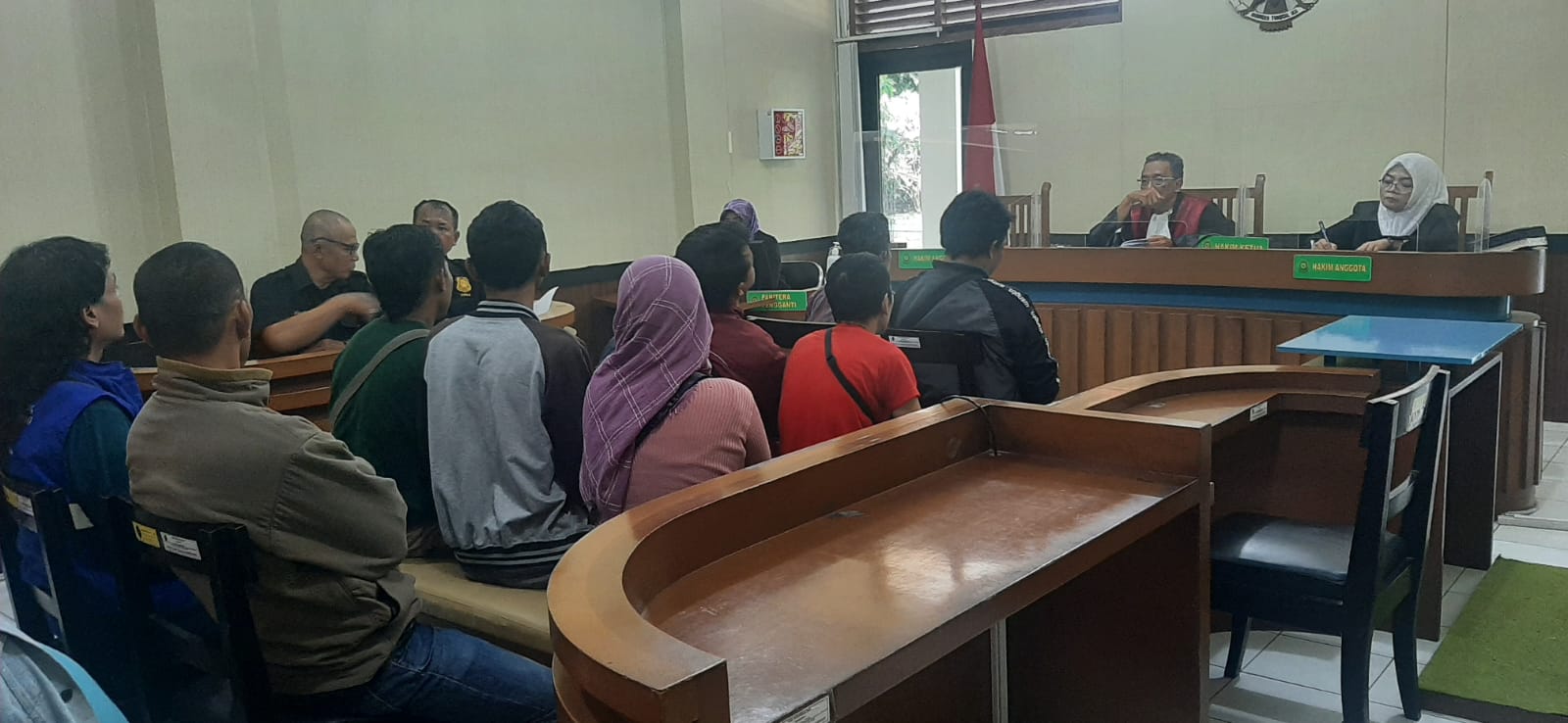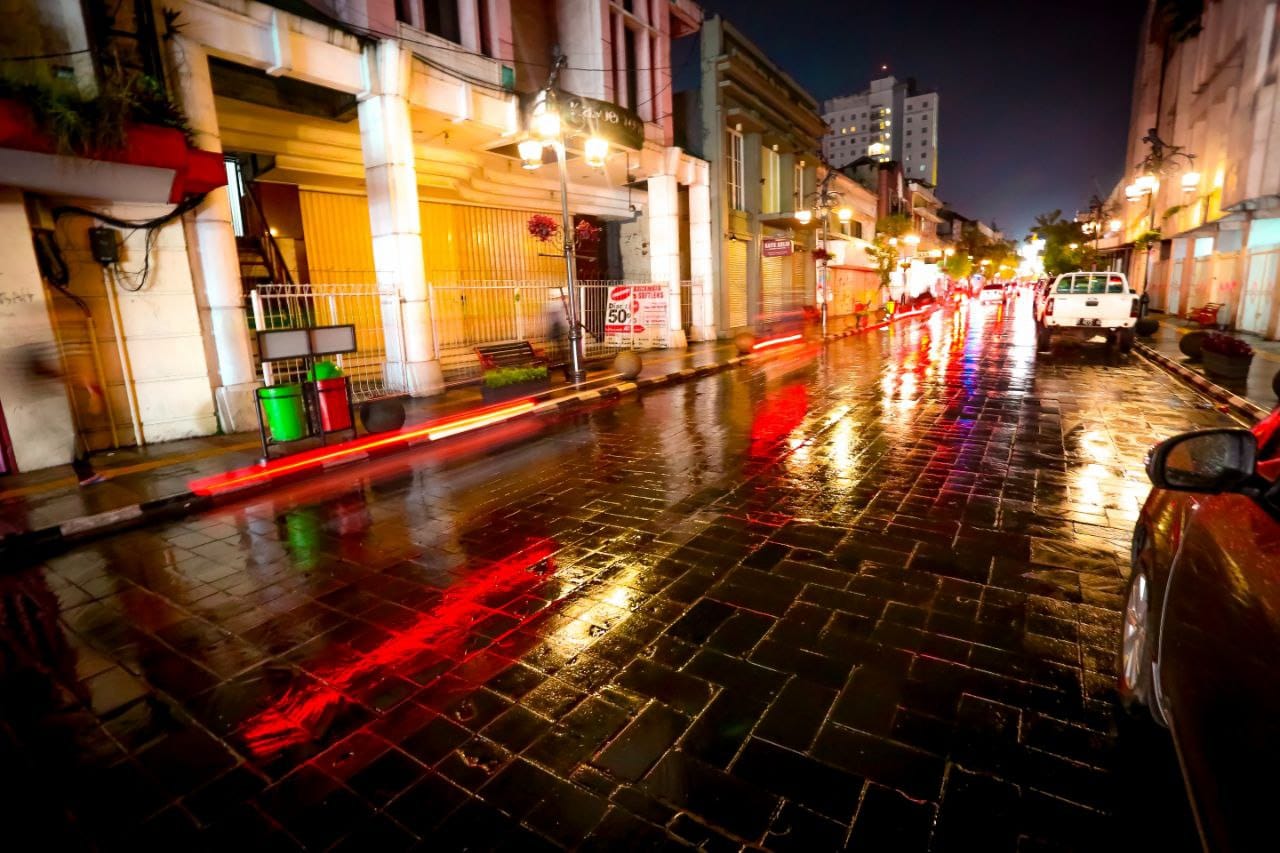Not a heat wave, this is the temperature factor in Bandung, which is hotter
Lately, when it's noon, the temperature of the city of Bandung is so hot that it stings the skin. Is it true that heat waves are the main factor?

It turns out that according to the Bandung BMKG Data and Information Staff, Yuni Yulianti, based on weather observations at the Bandung Geophysics Station, the maximum temperature in Bandung is still in the range of 29-30.4 degrees Celsius.
"Then in Lembang the maximum is 25-26.2 degrees Celsius. It's still in the normal category, so far not too significant," Yuni told Bandung City Public Relations, Tuesday, April 25, 2023.
He explained, there are several factors that make the temperature of the city of Bandung feel hotter. Among them, Indonesia is currently entering its dry season, reducing cloud cover so that the intensity of solar radiation is more maximum, and unusual atmospheric dynamics.
"Regarding this season, Bandung is still in a transitional period, so the transition from the rainy season to dry. Then, cloud cover decreases so that the optimal solar wave activity is 24-31⁰C. Currently the average temperature in Bandung City is 30.6 degrees. Still the normal threshold even though it has entered the maximum indicator," he explained.
Therefore, in the morning the air temperature feels warmer. Then during the day the maximum scorching heat. However, during the afternoon the intensity of rainfall is still there.
"The prediction is that at the beginning of May we will enter the dry season. For this year, the prediction is a normal dry season, unlike last year there was almost no dry season, or what we call a wet dry season," he said.
He added, in April II 2023-May I 2023 it is generally predicted that rainfall will be in the low - medium criteria (20 - 150 mm/dasarian).
Therefore, according to Yuni, people do not need to panic about the issue of the heat wave which is currently hitting a number of Asian regions. He urged people to use sunscreen, especially when doing outdoor activities.
"Use an umbrella or wear a hat. Then, especially for two-wheeled users, you can wear clothes that cover more to protect your skin. If you feel the heat is very intense, please pull over to take shelter first," he advised.
He also said that the high or low UV index does not have a direct effect on the air temperature in an area.
"For the UV indicator, we have not received the results of the report because the BMKG did not monitor further about UV. We are monitoring more about air temperature," he admitted.
Based on the central BMKG information, the size of the UV radiation that reaches the earth's surface has an indicator of the UV index value. This index is divided into several categories: 0-2 (Low), 3-5 (Moderate), 6-7 (High), 8-10 (Very high), and 11 and above (Extreme).
In general, the daily pattern of the ultraviolet index is in the "Low" category in the morning; reaching its peak in the categories “High”, “Very high”, up to “Extreme” when the intensity of solar radiation is highest during the day between 12:00-15:00 local time; and moving back down into the “Low” category in the afternoon.
This pattern depends on the geographic location and elevation of a place, the position of the sun, the type of surface, and cloud cover. (din)**
Head of Bandung City Diskominfo
Yayan A. Brilyana









